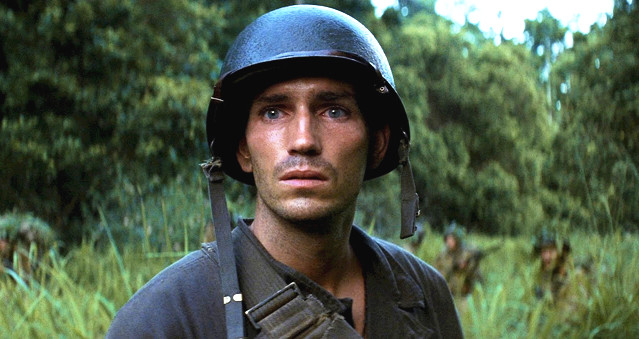
When we attend the theater or more so nowadays, watch a film from the comforts of our own house, we want a film we can connect to. When asked ‘What is Cinema?’ to Samuel Fuller, he summoned it up in one word: ‘Emotion’. And that is the simplest term that as film lovers, cinephiles or audience members want, we want to be moved, have an experience and feel any sort of emotion really.
As we watch a film, we can be completely engrossed in it or bored out of our minds, however, sometimes when the film is over, everything that just occurred to your eyes, ears, and hearts can hit you like a ton of bricks.
On this list, you’ll see films that completely engulf you in the story, the characters, etc, your enjoying the hell out of the film and are totally moved, but when it’s over, you see the overall picture.
On the contrary, some films just barely keep you enthralled and it’s only after it’s over, you can truly appreciate what the filmmaker was expressing their the film. Therefore, whether it be a part of the ‘Slow Cinema’ movement, escapist entertainment, or hyperlink cinema, here are ten films that hit you after they are over.
1. Inside Llewyn Davis (2013)
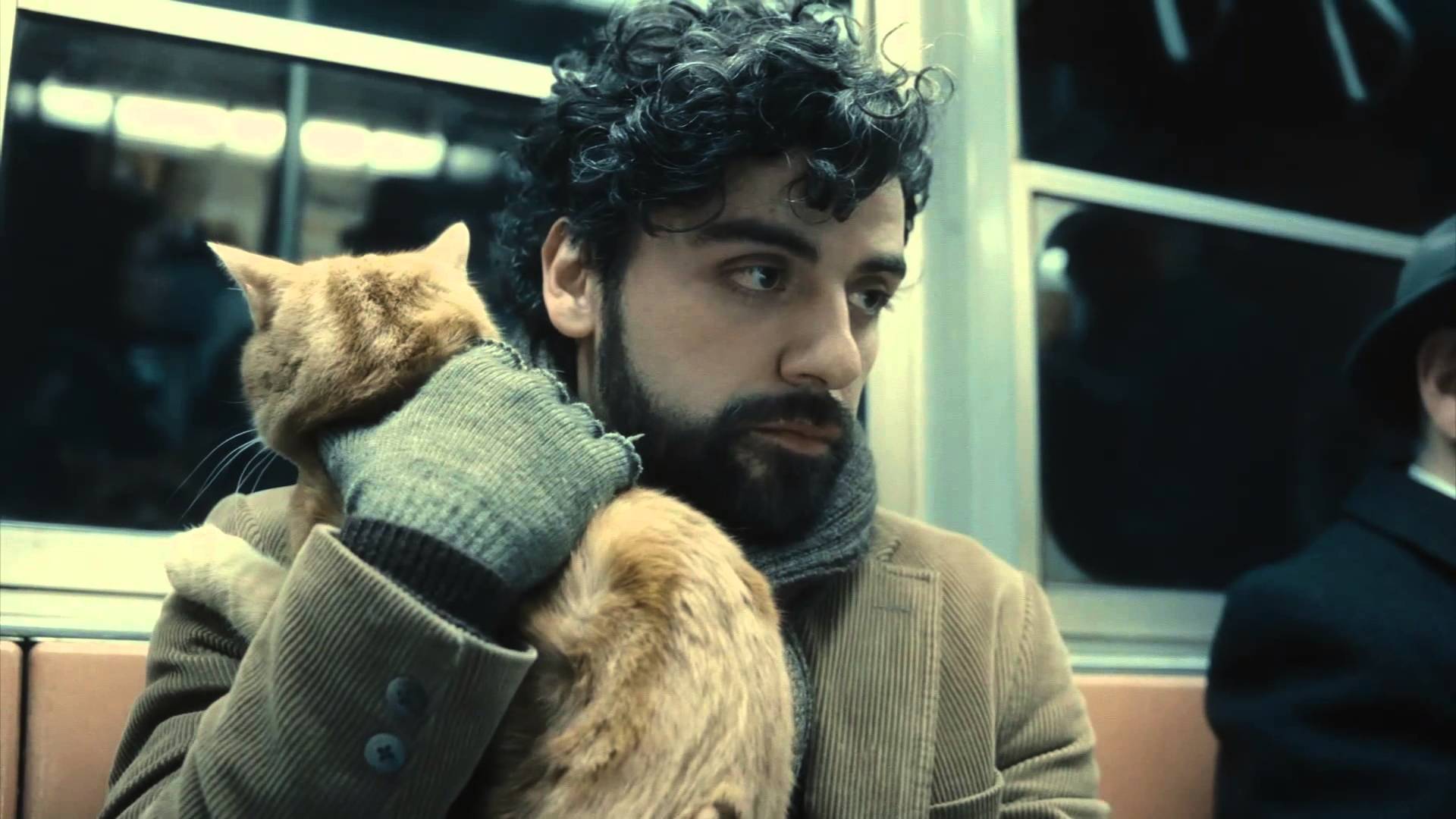
After four back to back films from Joel and Ethan Coen, we had to wait three years before their next film hit theaters in 2013, and boy, was it worth the wait. The story of the film is very simple as it follows the life of a folk singer, brilliantly portrayed by Oscar Issac, in early 1960s Greenwich Village.
As with any Coen Brothers film, we get the zany and uncharted characters, their dry humor, shocking violence always soaked in a perfect blend of narrative, cinematography, score, etc – everything you can use to make a great cinematic film. Throughout the story, even if you’re a punk or rap fan, it’s nearly impossible not to enjoy the songs such as ‘Hang Me, Oh Hang Me’, Please Mr. Kennedy’, or the original ‘Fare Thee Well’.
There are so many great scenes in this movie such as when Llewyn sings his heart out to only getting coldly rejected from Mr. Grossman, the singing scenes in the Gaslight Cafe, the tender yet shrill conversations with Jean by the always phenomenal Carey Mulligan; yet it’s when the film ends you appreciate the actual film as a whole.
As we near the end of the film, we realize we’ve come full circle or almost back at the beginning one might interpret. We’re back in the Gaslight, the alleyway, we get a glimpse of a young Bob Dylan, but it’s when the screen cuts to black after Llewyn’s beaten face as he sits against a wintry, brick wall as he waves and says ‘Au Revoir’ do we get that despite all the set backs, the repetition, Llewyn will always continue in this loop of a folk song film no matter what his world throws at him in this masterpiece.
2. Certain Women (2016)
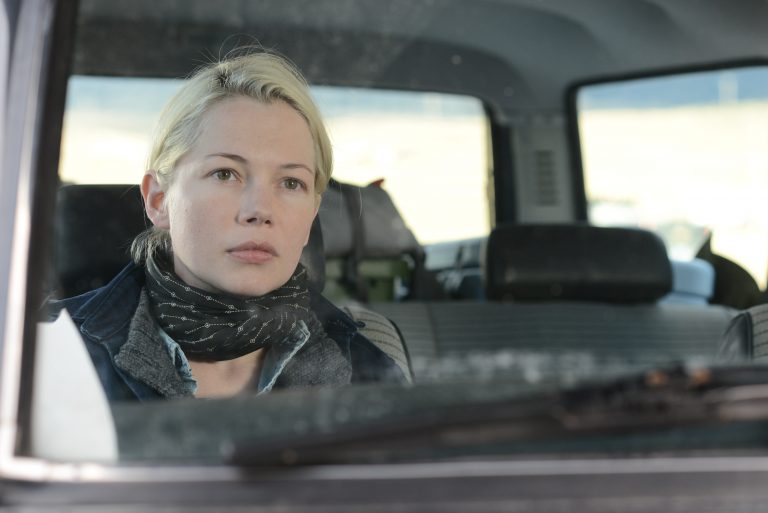
When one sits down to watch any of Kelly Reichardt’s films, we know we are entering a quiet, tranquil slice of Northwestern American life, regardless of the time period. None can be said more, than her film here. We quietly observe the life of women in three separate yet lightly connected stories in Montana present day.
Working off stories from Maile Meloy, Reichardt tells stories regarding the everyday life of woman portrayed by Laura Dern, Kirsten Stewart, newcomer Lily Gladstone, and regular muse Michelle Williams. Each performance comes so naturally to each of these actor’s that it’s almost like we’ve observing them in a Brechtian way which is common in her films.
After each story culminates and we get a smooth, connection of overlay amongst the characters, none for the importance here, but we are moved by the resiliency of Dern, the strong willed Williams, the straight, well intentioned Stewart and the naive, innocent Gladstone – in which her story ends, it might bring you to tears or rip your heart out, but its the final frame, back at the barn in the third story, we experience a silent, calm underlying force by the women in this Montana setting, we can truly appreciate the canvas Reichardt painted here and how these three stories, independent in its own nature, pack an emotional touch to the viewer on these women in Montana.
3. Short Cuts (1993)
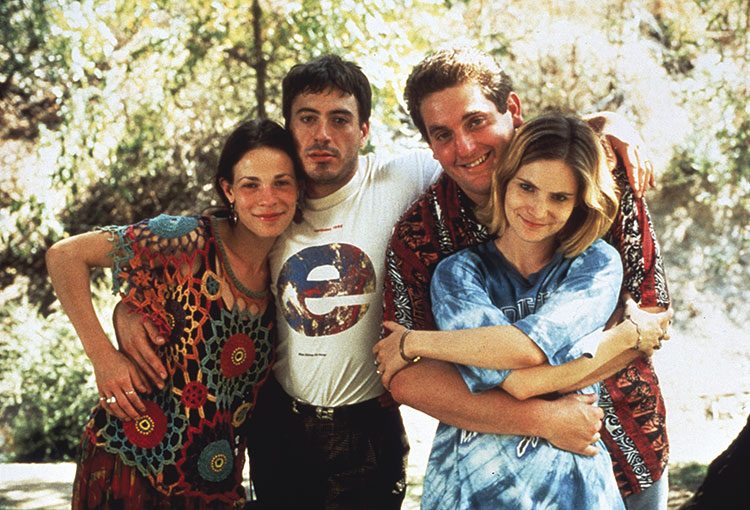
In the early 1990s, Robert Altman came back to his hyperlink, ever expanding narrative of multiple characters and he hit a high point with ‘Short Cuts’. Similar to the previous listing, he adapts Raymond Carver stories to modern day Los Angeles in a sprawling epic of the day to day lives of his characters.
There is so much going on here and we jump from one story to the next. Whether it be a group of men enjoying a weekend away from their wives fishing by ignoring a dead body in the river; the endlessly and grueling fighting of an upper class couple; the housewife suspecting of her police officer husband’s affairs; the grieving mother of her recent deceased child; the phone sex operator tending to her children; etc etc etc.
In typical Altman fashion, we change narrative, characters pass one another and overlap, are constantly enthralled and entertained such as the choices made by the husbands to tie up the body so they can enjoy their weekend fishing.
Just here we can ask – do we blame them since they are finally getting their alone and friendship time? Is it the right thing morally and ethically? Does it matter since the body is long deceased? What would you do in this situation?
So many questions come up in each story but it isn’t until after the three hour runtime, where one might be exhausted because we’ve invested so much in these 22 characters, can we truly feel the expansive world of everyday people in heavy, whether dramatic or comedic yet oh so humane situations and their choices, ethically and morally, we feel like we’ve lived an entire existence in just one film sitting.
4. L’Avventura (1960)
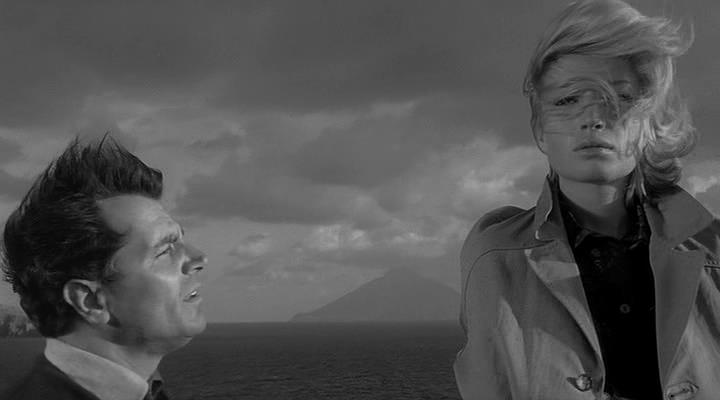
Michelangelo Antonioni rocked the film world in 1960 with his film that challenged contemporary narrative, visual composition, pacing, existentialism, romance, art house films, European cinema and the list goes on.
One could always respect, admire and appreciate the work of Antonioni but he can be considered a bore, a filmmaker of Slow Cinema, pretentious, and the listed goes on here as well. However, his game changing ‘L’Avventura’ can creep into your blood after the credits role.
After almost two and a half hours, where we drift like the characters from mainland to island, from lover to lover, and from emotion to emotion within ourselves, we arrive at the end. It’s here where Claudia, hypnotically portrayed by Monica Vitti in their first collaboration, distantly yet somberly embraces Sandro’s back in comfort, yet stepped in such hesitation, full of ennui and dislocation in a mood and atmosphere only Antonioni can create in his world, we conclude our story.
The snow covered mountain of Mount Etna is in the distance of these two characters, with their backs to the viewers, in a frame that could hang in a museum, we conclude our adventure as well. One must have patience to watch this film or any other Antonioni film, but it’s here where we witness the birth of master filmmaker.
‘L’Avventura’’s flow of images, sound design, and most importantly characters grace the screen in an almost ghost like fashion that one can truly appreciate it when the film concludes as we feel like we’ve just left a strange and wonderful dream.
5. Damnation (1988)
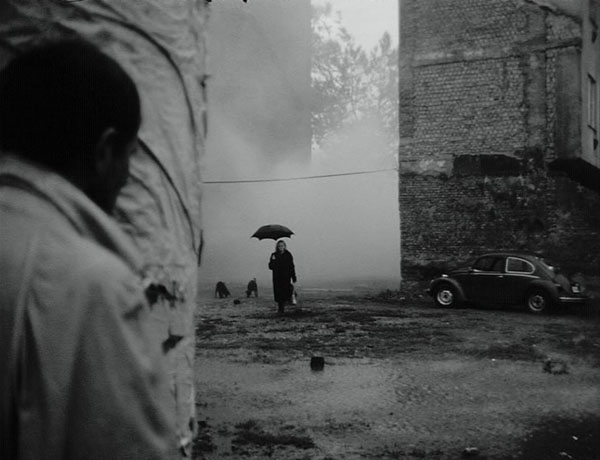
One figure of cinema that can definitely be defined by ‘Slow Cinema’ is Hungarian filmmaker, Bela Tarr. He created, as her is now retired, films so immersed in his black and white world of hardship, despair, dread and longing. His film ‘Damnation’ before his other master works captures just that feeling.
As the film plays along, we follow the life of Karrer as he wants to be in a relationship with married singer at the local bar. The plot is less important here as with any Tarr film, it’s the long takes whether static or roving in a desolate land where anyone entering it could feel, or more importantly for the viewer, express a form of depression. But isn’t that what Tarr wants us to feel as his main character, Karrer is filled with such as the title points out ‘damnation’ to his suffering, his longing for romance.
It’s hard not to let a deep sigh out after Karrer sees his love dancing with another man. But it’s not until we left this despair ridden world that Tarr created so frequently in his filmography, primarily starting with the film, that we feel we’ve escaped something.
His film creates such an atmospheric world we’re if we as viewers surrender to this tentpole he created, we can only feel a different feeling or emotion after we’ve left it. For that, film goers must immerse in that world to feel we’ve left such a heavy film experience as the film concludes.